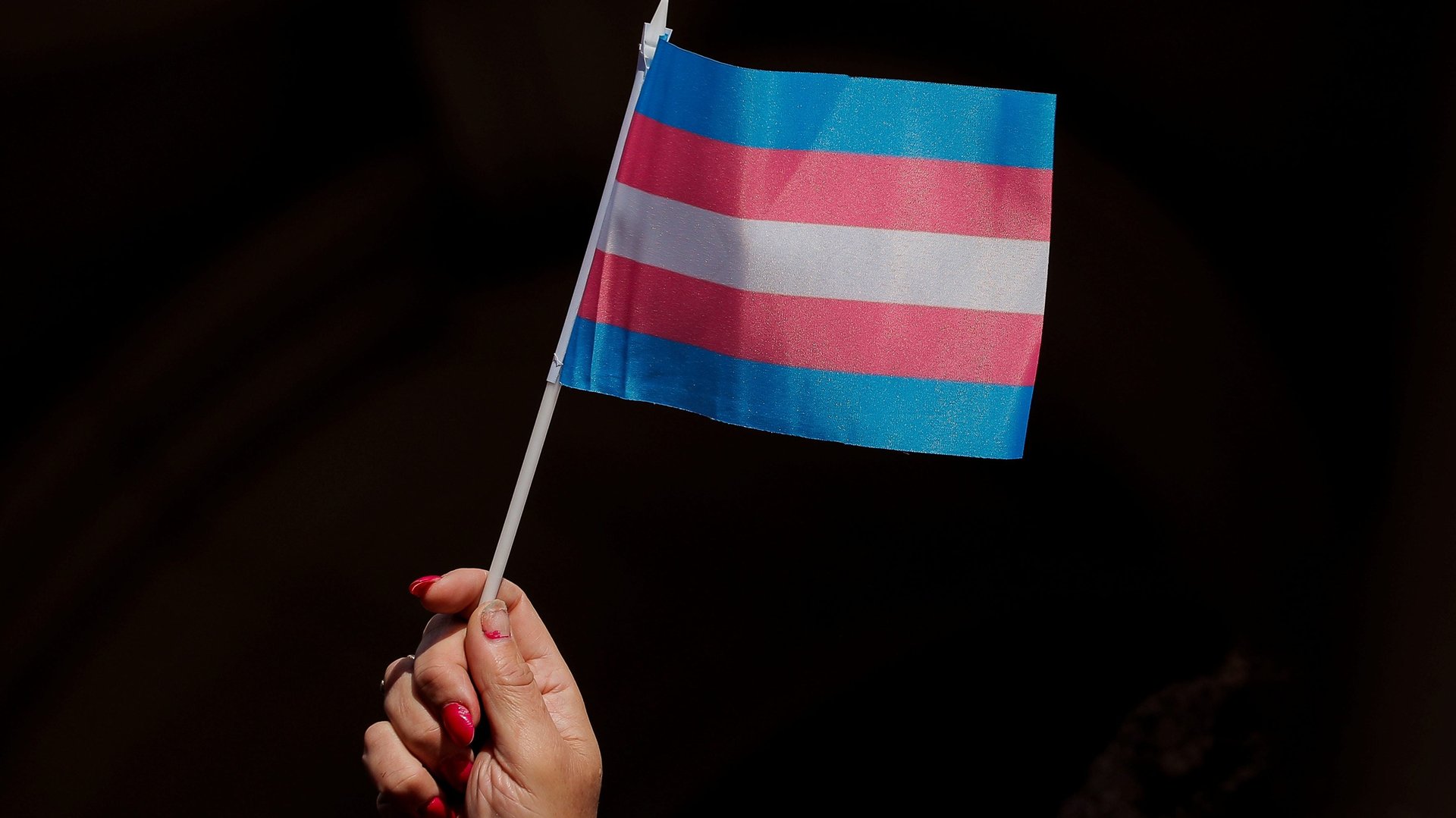A McKinsey study underscores how unsafe most trans people feel at work
“I don’t feel safe talking about my gender identity.”


“I don’t feel safe talking about my gender identity.”
“My goal is not to be fully out—it’s just to not feel unsafe.”
“It’s quite exhausting to have to come out constantly and hear microaggressions like ‘You’re so believable! I wouldn’t have known!”
These were just some of the responses to a recent study by McKinsey examining the experience of trans people in the workplace. The words show how poorly companies are doing at addressing the needs of transgender employees and fostering work environments that provide even a basic level of safety, let alone equity.
For years, McKinsey, one of America’s largest consulting firms, has been researching LGBTQ+ communities at work and advising its clients on how to make workplaces more inclusive for them.
But David Baboolall, an associate partner at McKinsey, said the moment had come to break apart the acronym into its constituent parts, because each of the LGBTQ+ subgroups has such specific needs. The resulting survey, Being Transgender at Work, is a first for the firm.
Of the transgender people surveyed in the study, a full 59% cited safety as the main reason for not pursuing work in certain industries. Many in the LGBTQ+ cohort still face discrimination, Baboolall said, but trans people specifically are living in fear. “Whereas other populations strive to feel included in the workplace, transgender workers strive to feel safe—from physical, mental, and emotional harm and violence,” Baboolall said.
As evidence of workplace cultures that make them unhappy, anxious, and unable fully to participate, respondents described everything from being refused access to basic facilities such as bathrooms, to being outed against their will, to being repeatedly called by the wrong first name or referred to by the wrong pronoun.
What is work like for trans employees?
Transgender people in America are more likely to work part time, in industries that offer less job security, are more often out of work, and are paid less than their cisgender colleagues. McKinsey found that trans respondents were 2.4 times more likely than cisgender respondents to be employed in the food and retail industries, where entry level jobs generally pay minimum wage. Trans people are twice as likely to be unemployed than cisgender people, and earn $17,000 less per year, according to McKinsey’s calculations.
Where trans identity intersects with another marginalized identity—for example for Native American or Hispanic trans people— the gaps are worse. Even education doesn’t do much to close the earnings gap: 26% of trans people with a college degree earn $50,000 or less per year compared with just 19% of cisgender graduates.
Trans people in the study were less likely than cisgender people to be managers. Over half said they avoided speaking in meetings, and more that 40% said they avoided speaking to colleagues altogether.
How has the pandemic changed trans experience at work?
A large-scale move to remote work has been a “saving grace” for some trans people at work, Baboolall said, especially those going through acute moments such as having a surgical procedure. (In McKinsey’s study, “transgender” refers to people who don’t identify with the sex they were assigned at birth, including those with binary trans identities—identifying either as male or female—and non-binary identities—identifying as neither or both.)
On the flip side, the lack of visibility and interaction make it harder for colleagues to show support. One respondent mentioned that small things like seeing a rainbow flag on a car in the parking lot, or a sticker in someone’s cubicle, could make them feel more accepted.
Gender-inclusive language and other changes
When it comes to signaling acceptance to colleagues, the simple step of making clear what pronouns you use, both inside and outside your own organization, can be helpful to those who think about pronouns on a daily basis. That could be adding pronouns after your name on a Zoom screen, or including them in an email signature, said Maurice Obeid, a partner at McKinsey, and a researcher on the report. It “signals that you are both aware of, and acknowledge, the broader community,” he said.
Companies can do more in terms of policy changes and outreach measures. One idea: Sponsor seminars organized by trans community groups to teach specific workplace skills, with a view to fixing the pipeline problem that has fewer minorities applying for roles in the first place.
Benefits packages are another way to signal support to trans people, by covering mental health, gender-affirmative surgery, and hormone therapy. And HR can ensure dress codes are inclusive, gender-neutral bathrooms are available, and staff and managers are trained in using gender-neutral language.
“Many seemingly small steps, added together, can have a huge impact by demonstrating an organization’s commitment to transgender inclusion,” the researchers wrote in the study.
Quartz at Work is available as a newsletter. Sign up here to get it delivered to your inbox.